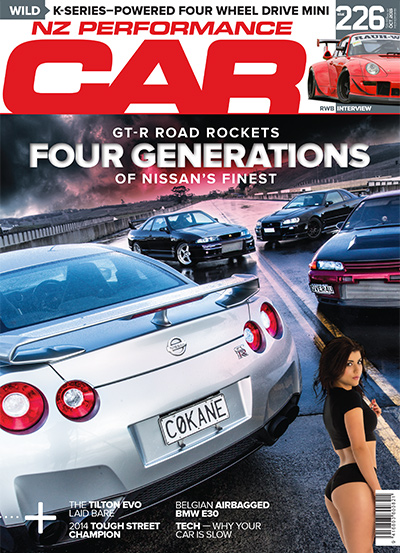Akira Nakai is without a doubt one of the most iconic automotive tuners of the modern day. His humble Japanese man cave has become the stuff of legend, and the cars themselves are indeed larger than life. In the last year he has managed to spend only one month back in Japan, such is the demand for his creations, which makes him a difficult man to pin down. But I recently did just that, and armed with an arsenal of questions from you, our readers, I sat down with the man behind RAUH-Welt Begriff. So here it is, nine minutes and 43 seconds with Akira Nakai.
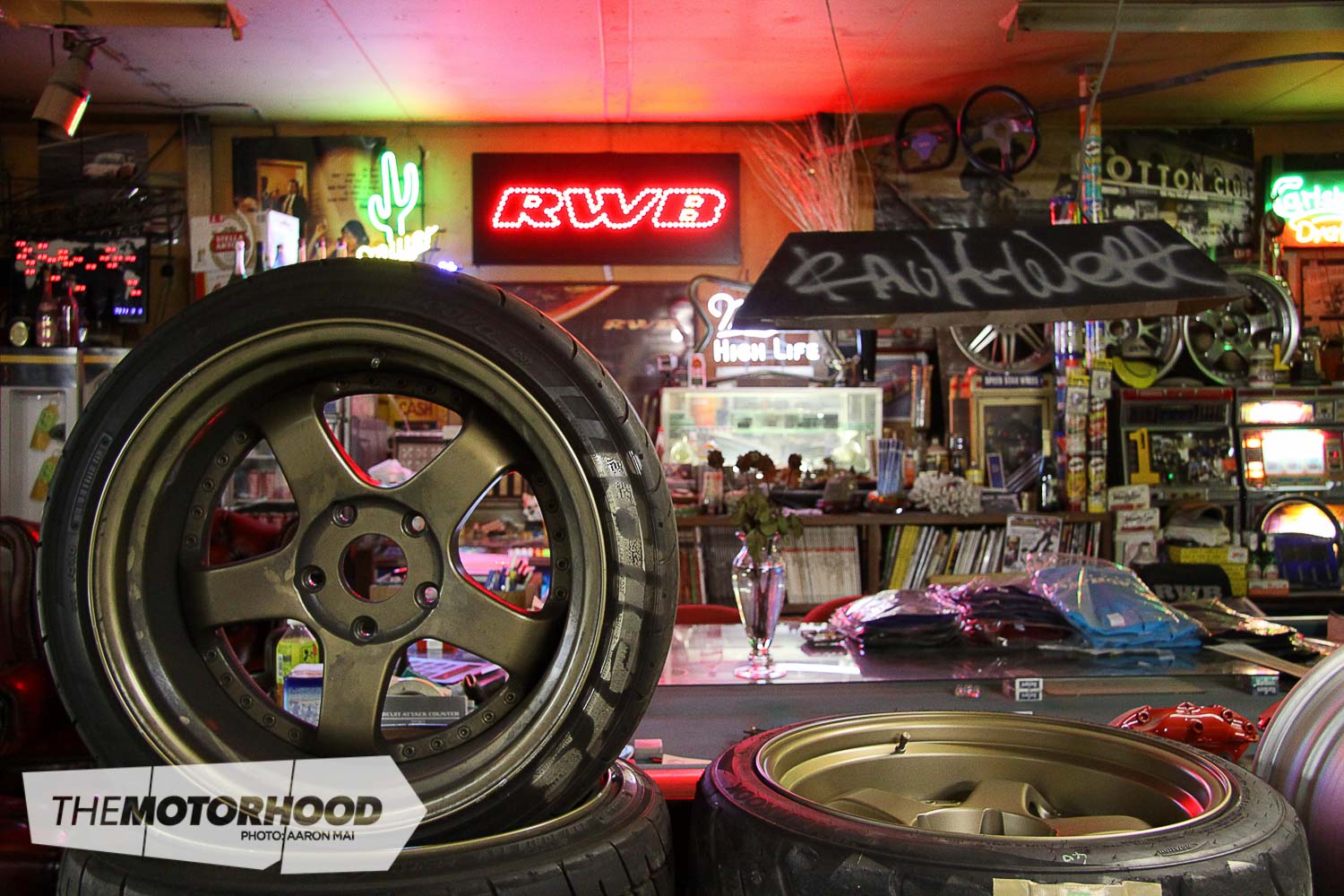
Q: What was your first Porsche?
A: Ahh, the first Porsche, that was Stella Artois, the 930. My first and last Porsche.
Q: What inspires you to build?
A: I get inspiration from the base car. I envision it in my head, and from there comes the inspiration for the build. I don’t build as if it’s just my job, but rather I build it as if I owned it and was driving it for myself. That is how I build.
Q: You are famous as a Porsche tuner, what made you want to tune Porsches initially?
A: First of all I like Porsches, especially the classic Porsches. I took one for a drive one time, and thought ‘yeah I would like to tune these!’ That was pretty much it!
Q: Is there one build that stands out in your mind from your time of building RWB Porsches?
A: Every build is memorable, having the opportunity to live is memorable, I treat every day as a precious moment.
Q: Why do you choose Work Wheels for all your cars?
A: Work Wheels have created special offsets just for me. I know the owner very well, the company is strict with testing and quality, so this is why I choose to put on Work Wheels.
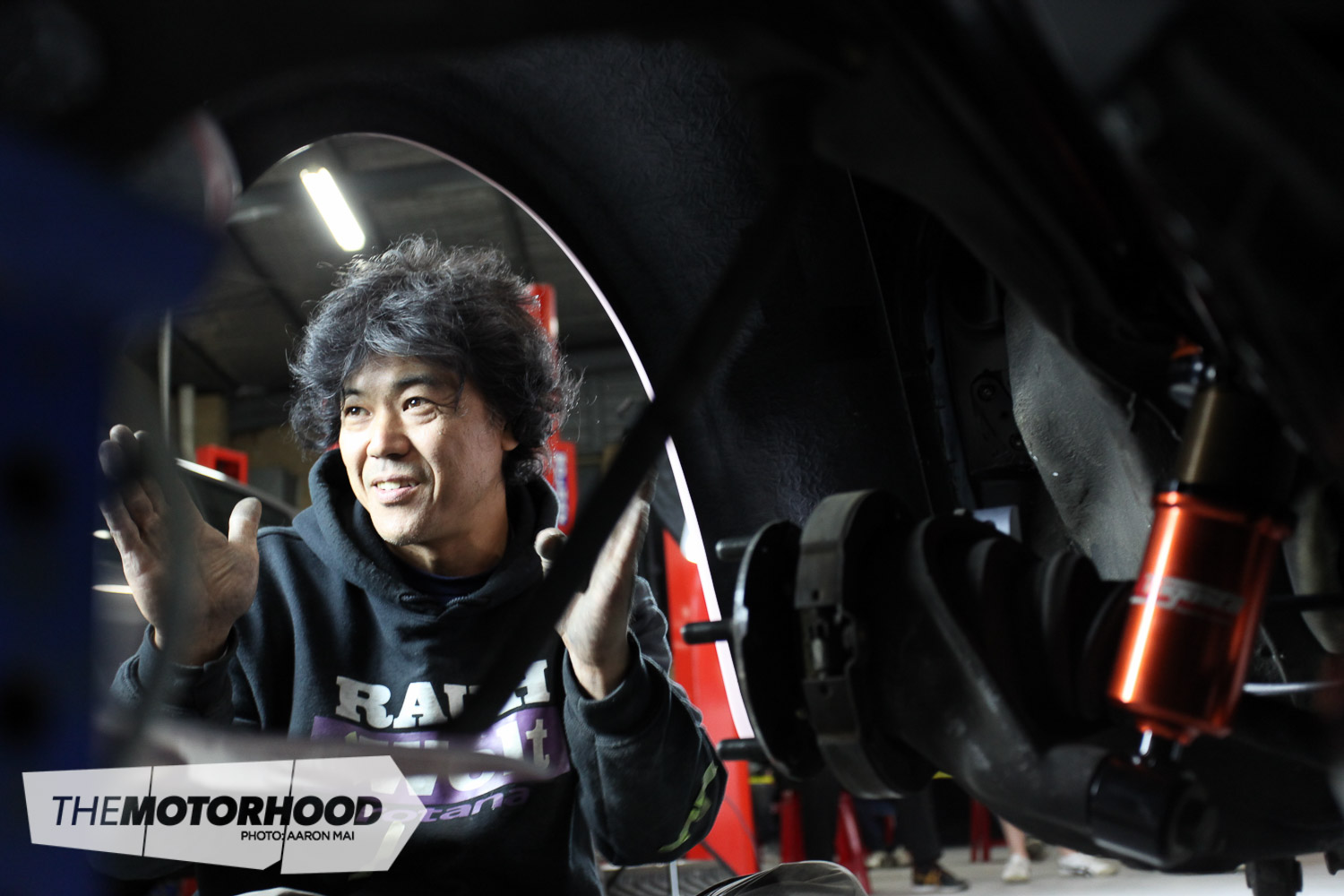
Q: RWB is well known for running crazy offsets, what is the biggest offset you have used?
A: Ahh, yeah, so far the biggest I have ever run is -100J
Q: Where do you get your inspiration from?
A: Actually it just suddenly comes, you know? It comes while I’m working, while I’m drinking, or listening to the radio in my workshop. It just suddenly comes to me.
Q: Before Porsches, what was the first car you owned?
A: Before the Porsches my first car was an 86. I kept it for around 10 years, I went drifting every day.
Q: What happens to RWB when you stop building? Will it continue, or is that the end of RWB?
A: When I am too old to build, RWB will continue, however, there will not be any more cars built. I won’t pass on the legacy to anyone to build them, I have built all the cars myself so far, and as it is my own passion I would prefer that I build the first and last cars. RWB will continue with the RWB family, though.
Q: Have you ever built a car you didn’t want to give to a customer?
A: Ahh, a customer’s car? Well anything that gives me inspiration, I look at the good points and bad points of everything, and if I really like something or the style of how a particular car comes out, I then go back and recreate it for myself.
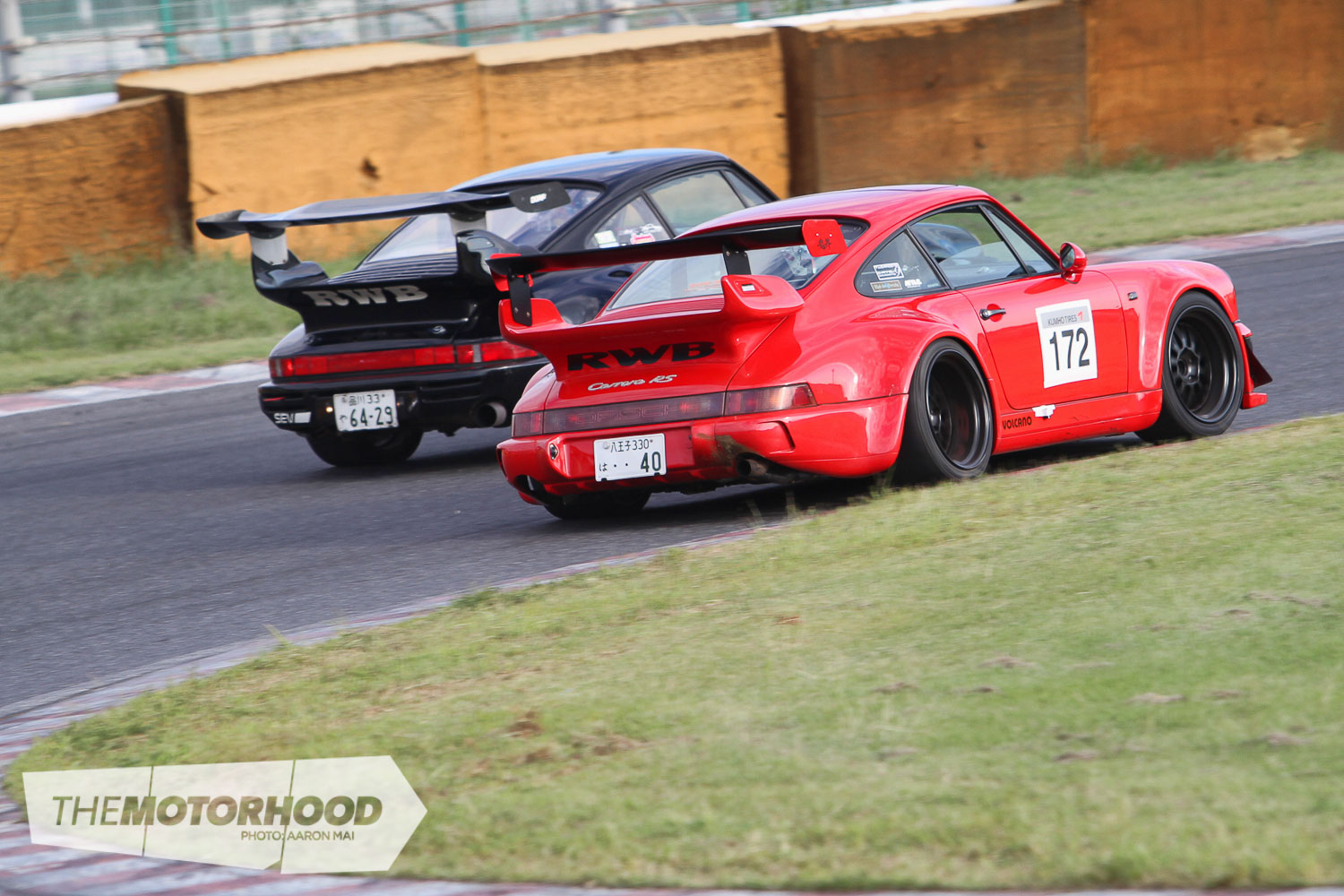
Q: Do you race?
A: Yeah, I race about five times per year, usually at the Idlers race series.
Q: Have you tuned anything other than Porsches?
A: Now I basically only concentrate on Porsches, but back in the day I dabbled in a bit of this and that (he won’t divulge details, but we know he has tuned an S15, a VW Beetle, and an 86 …).
Q: What is your image of the New Zealand tuning scene?
A: I feel that New Zealand and Japan have a lot of similarities. I imagine we both share an extreme style of tuning. It is a place I really want to come and visit.
Q: Is the RWB kit carbon fibre or fibreglass?
A: It is made of fibreglass.
Q: How much does it cost to build an RWB?
A: Roughly it costs between three million to four million yen ($36K–$50K), that is usually the total cost minus the base car.
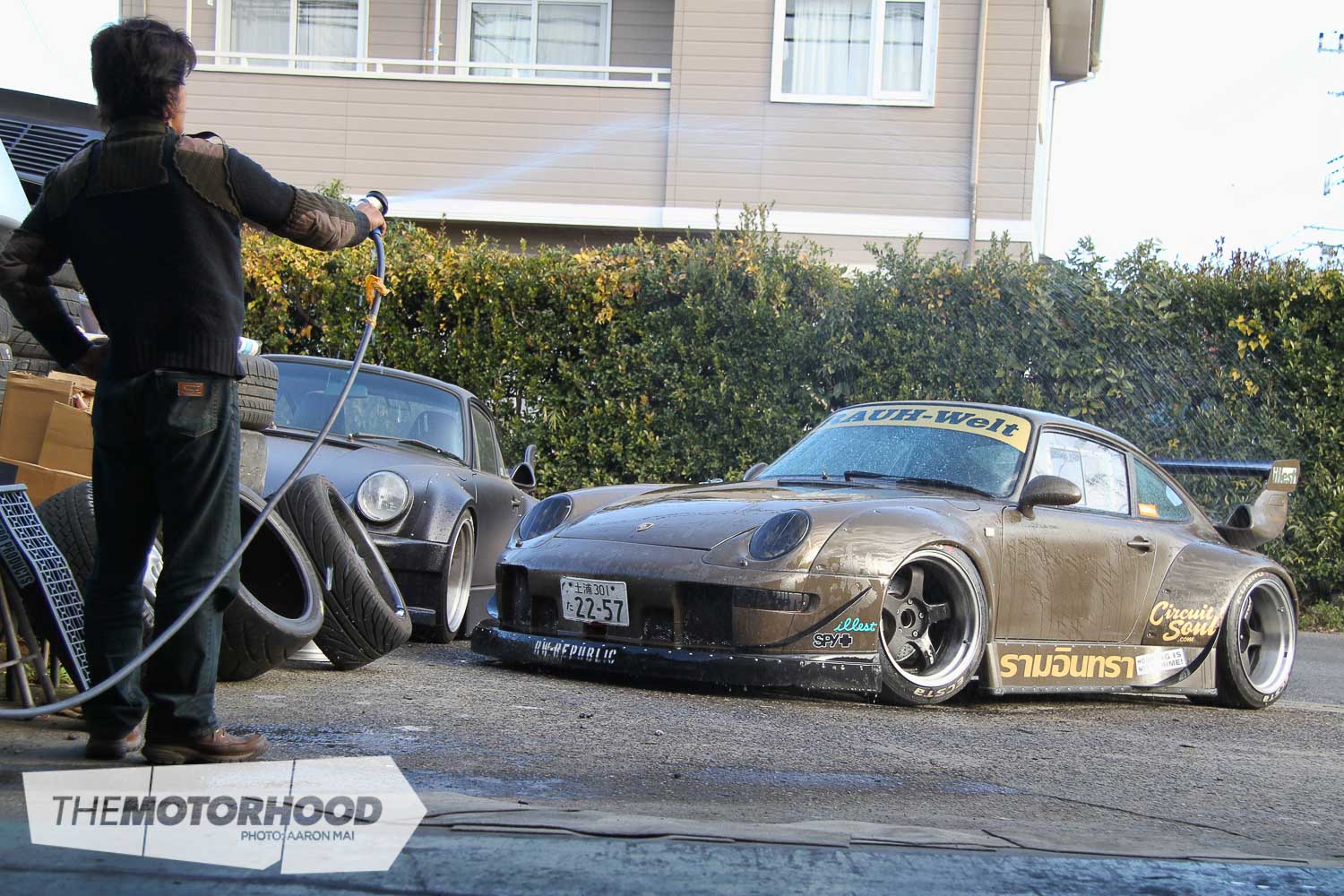
Q: How much love, and how much of yourself do you put into each build?
A: Building is my passion. All the money I earn from my work gets turned straight back into cars. I put as much inspiration into each build as I possibly can, every car is someone’s treasure, so it is important that it looks fantastic, and drives just as well.
Q: What does the future hold for you, any new cars or projects on the horizon?
A: The future, hmmm, to be honest I don’t really think ahead. I concentrate on what I am doing now, and enjoy it as much as possible. At this stage there will not be any new projects, as the 997 shape and other modern Porsche bodies don’t inspire me, I won’t create a kit for a car just to make money, that isn’t what it is about.
Q: How do you make each Porsche stand out from the others?
A: Ahh yes, OK, so every Porsche is created specifically for that owner. The style, for example smooth fenders or bolt-on fenders, is chosen by them, the colour is something we work together on. They give me a range of colours they are happy with, and then I make a final decision on the body style and colour based on their personality. Every car is completed and then given a special name, it might be a place, something we encountered during the build, or even something as simple as a song that played on the radio while I was working. The cars are also given numbered plates to show their authenticity. Everyone has a serial number, and the RAUH-Welt logo printed onto it. Also no two cars are the same, as every kit I fit goes on slightly differently, some kits twist a little and I have to adjust each one individually to make it sit right. It can’t be done as a production-line style of building.
Q: The last time I interviewed you was about two years ago, has your goal or dream for RWB changed since then?
A: Not at all. Everything I do is to be able to enjoy driving these cars. Yeah …
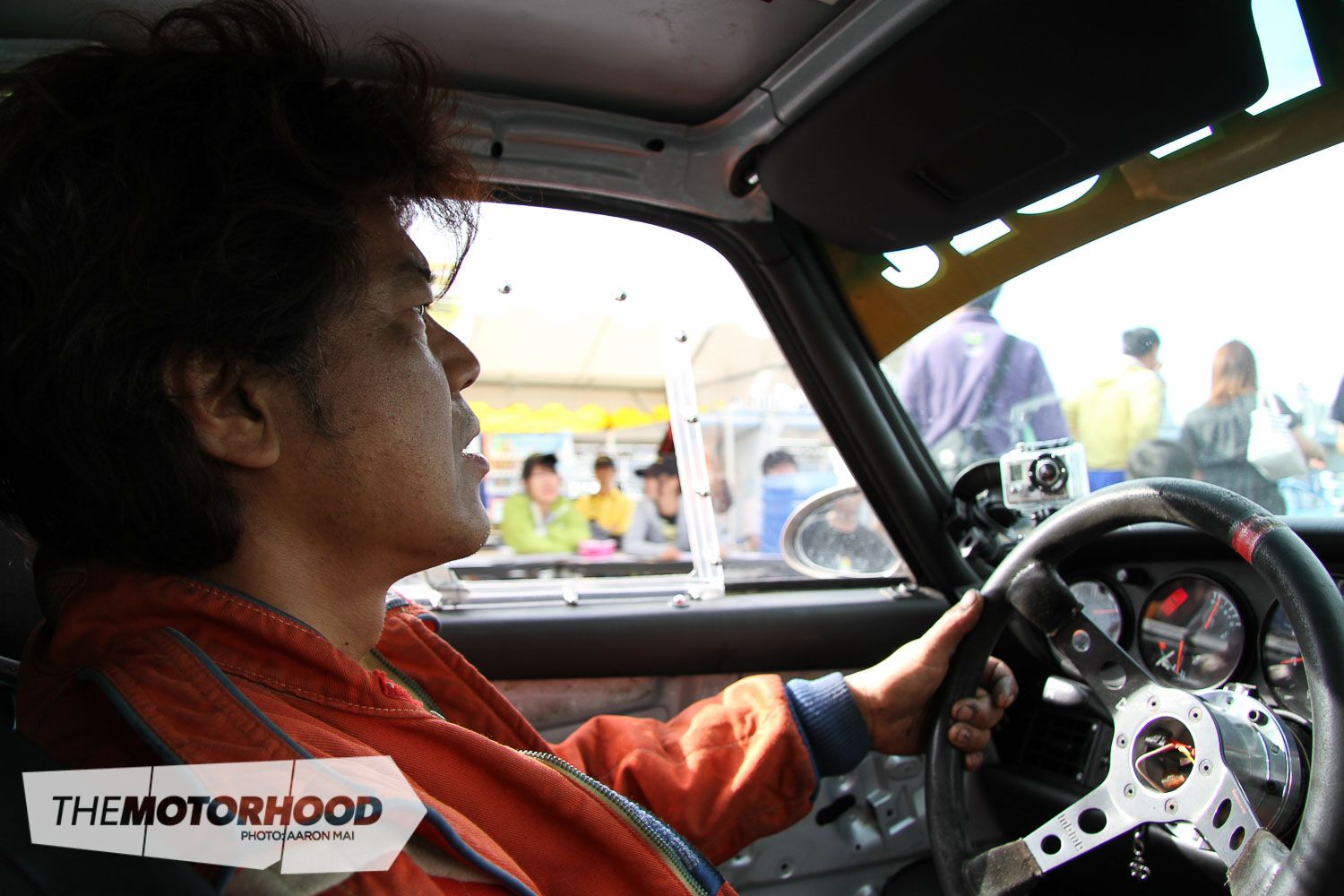
Lastly I had one personal question, one of those hypothetical-style queries for Nakai-san. I was keen to see how the artist would go about things should he have the chance to do it all over again, was there anything he would change, do differently or not?
Q: If you could have all the money you have spent on cars over the years back in one lump sum, what would you do with it?
A: That is simple, I would take the whole lot and blow it all on cars all over again. All my money turns into widebody Porsches.
Upon hearing this I couldn’t help but smile, this was quite possibly the perfect answer. The reason being that he didn’t even need to think about it, and this showed his true passion and belief in what he is doing. True artists go against the grain, refuse to abide by the status quo, and forge their own reputation through perseverance, and a strong belief in what they do. Nakai-san is one of the remaining few true artists of the automotive industry.
View fullsize

View fullsize
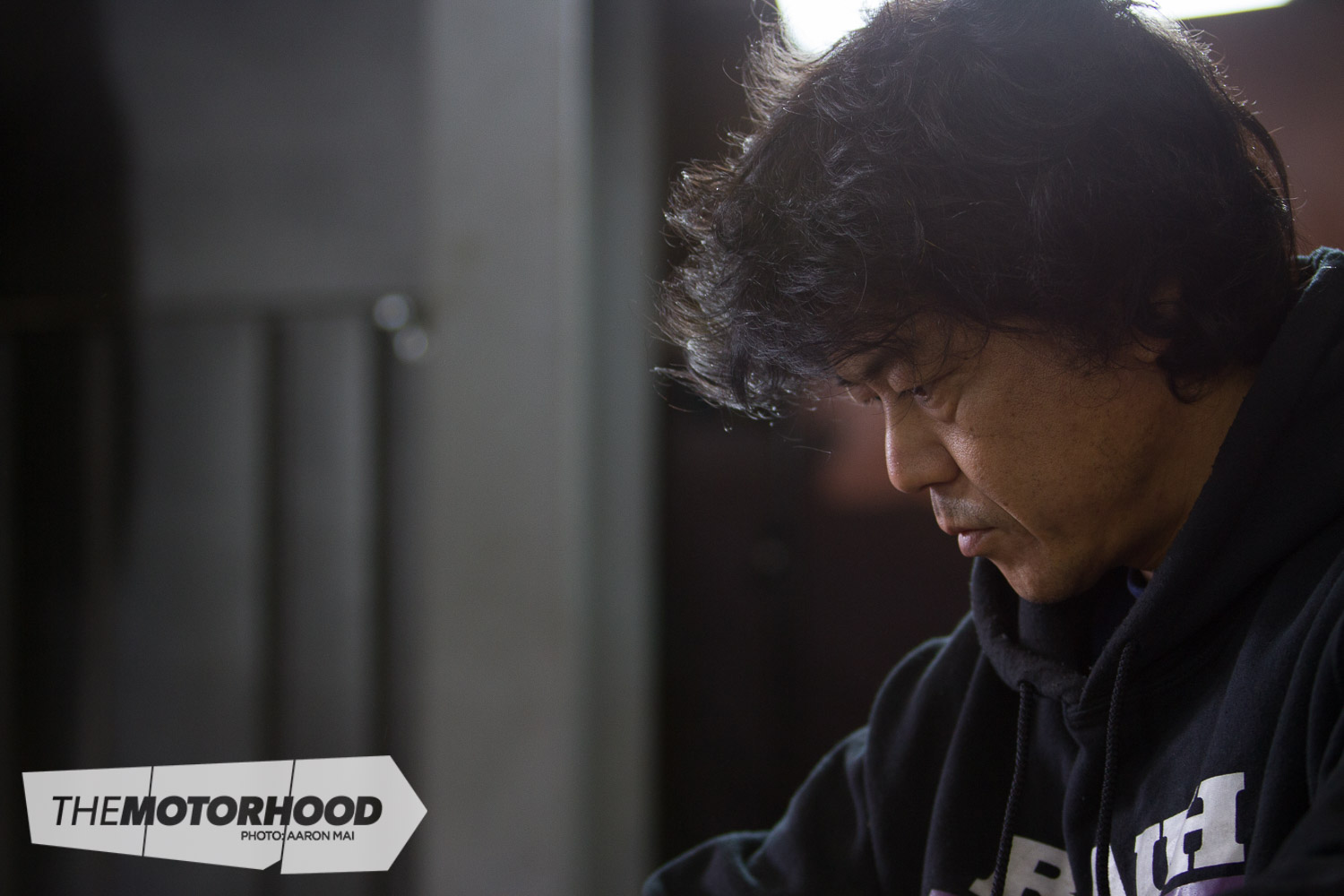
View fullsize

View fullsize

View fullsize

View fullsize

View fullsize

View fullsize

View fullsize

View fullsize

View fullsize

View fullsize

View fullsize

View fullsize

View fullsize
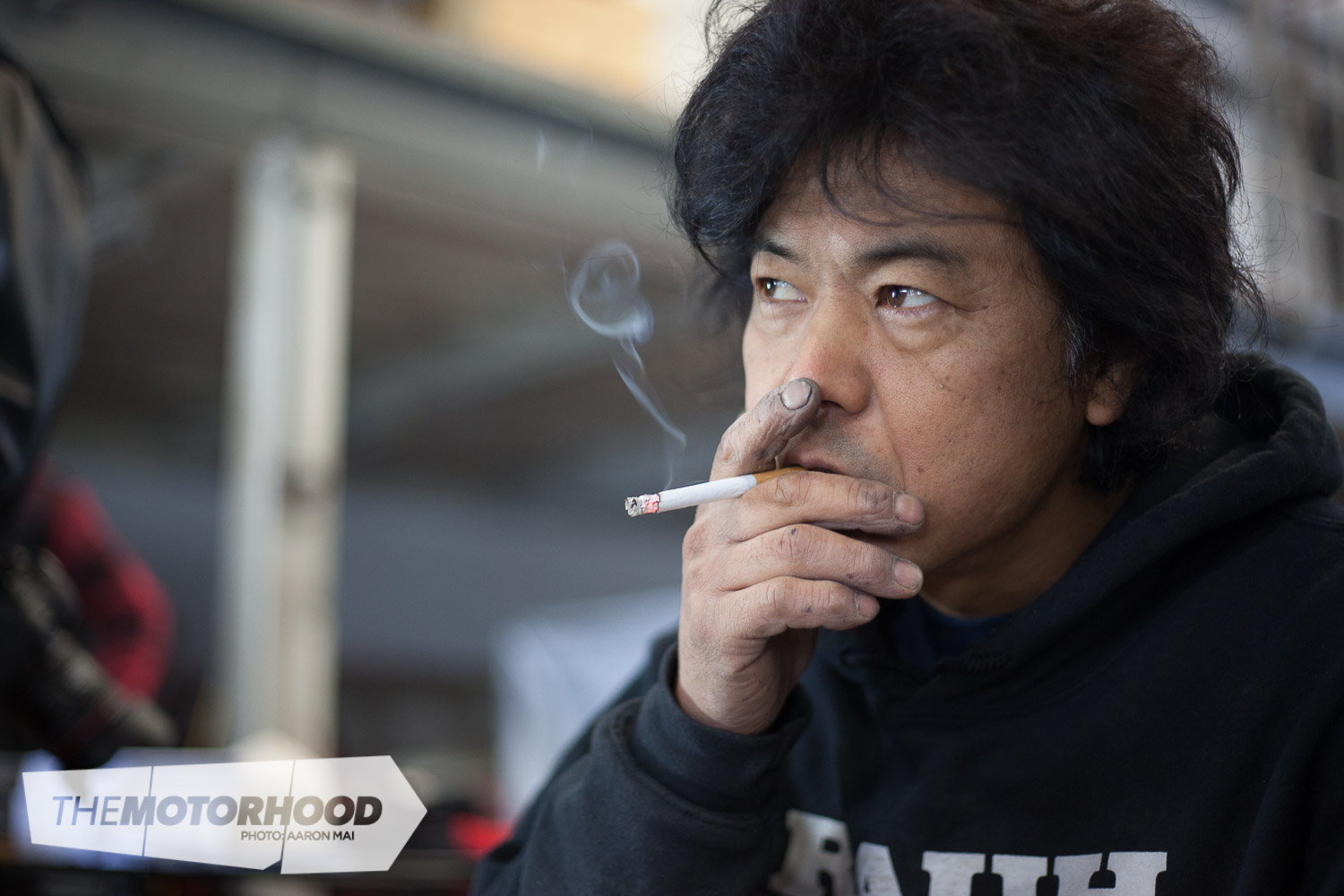
View fullsize
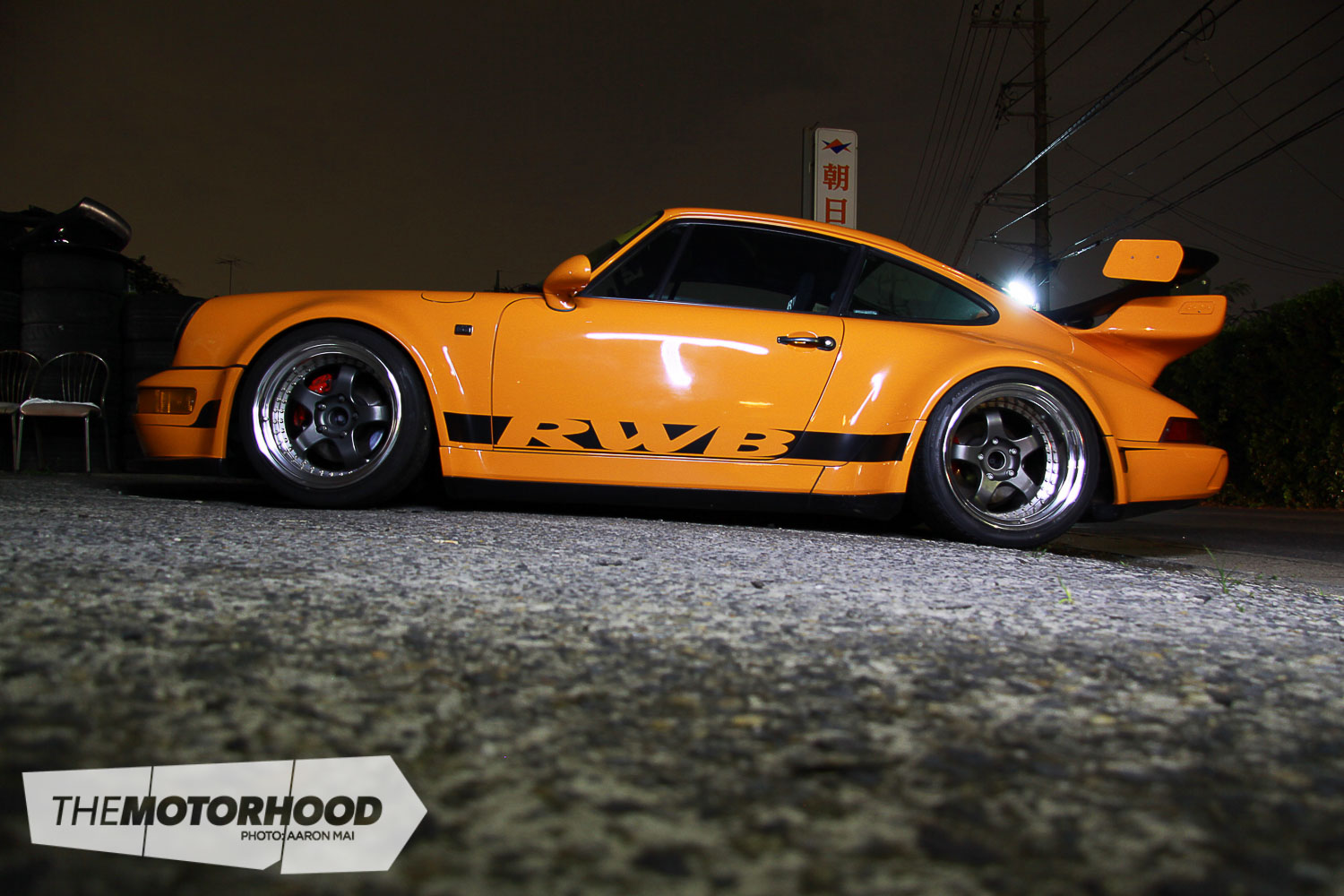
View fullsize
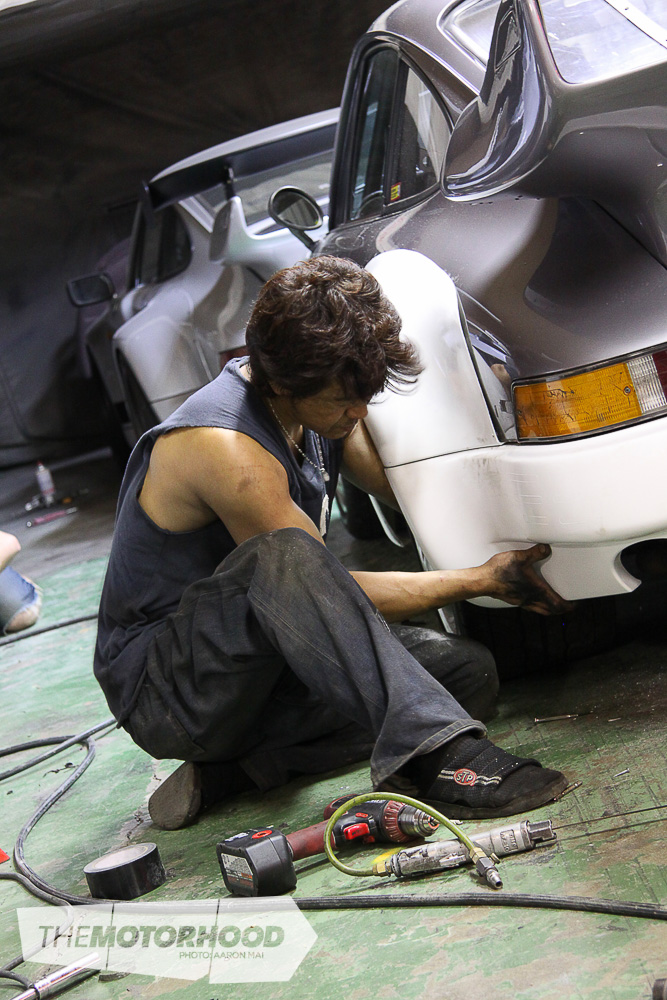
View fullsize
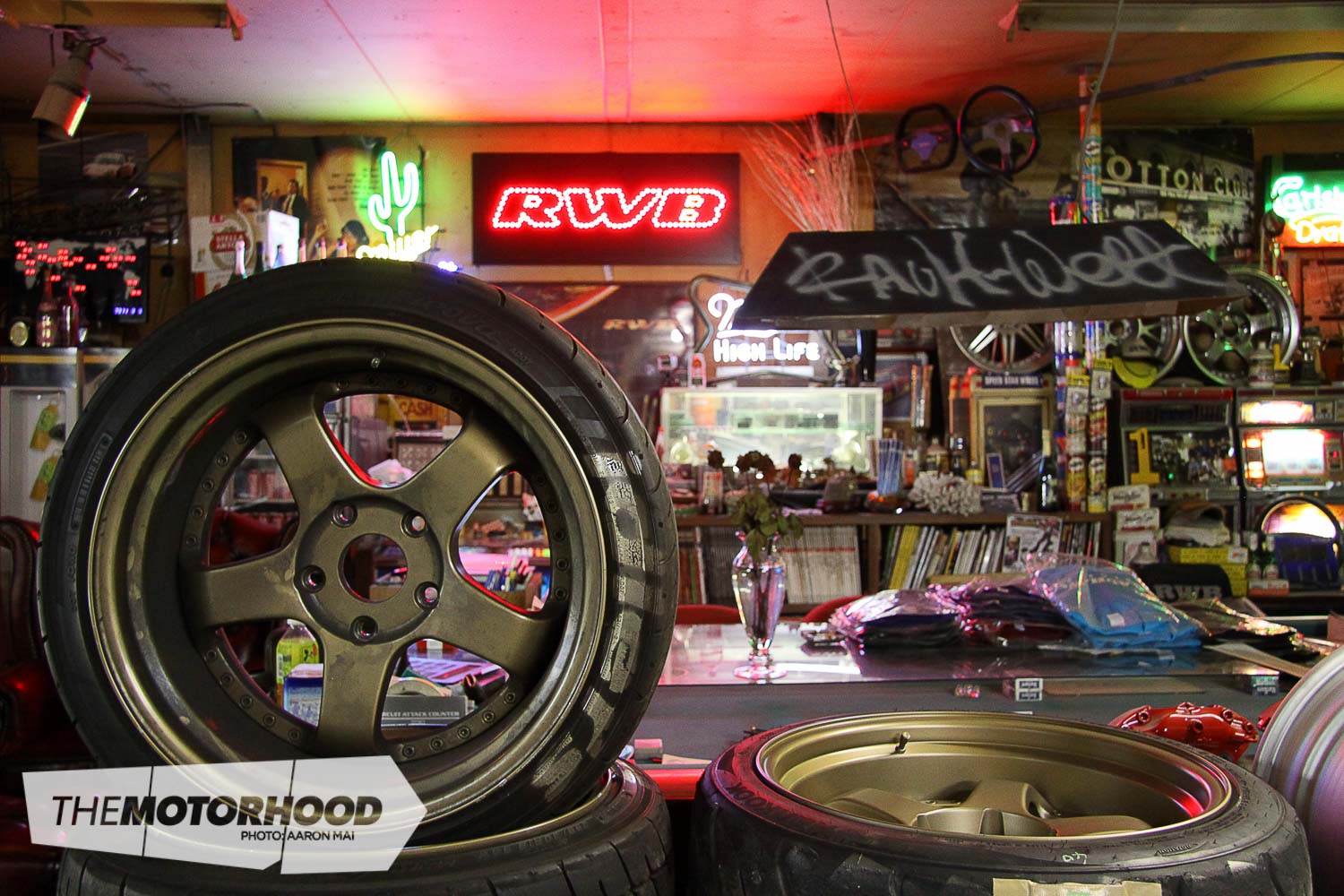
View fullsize
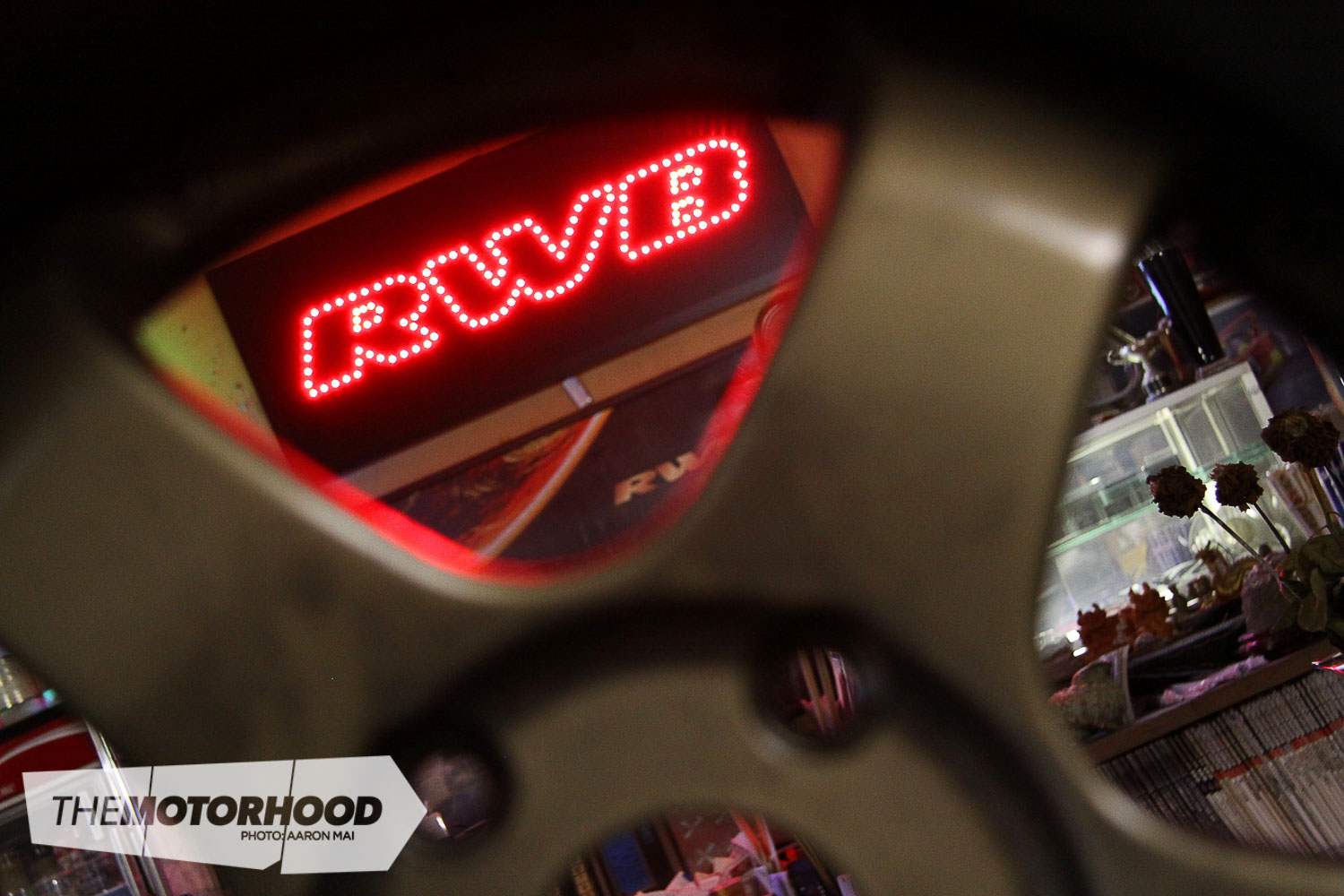
View fullsize
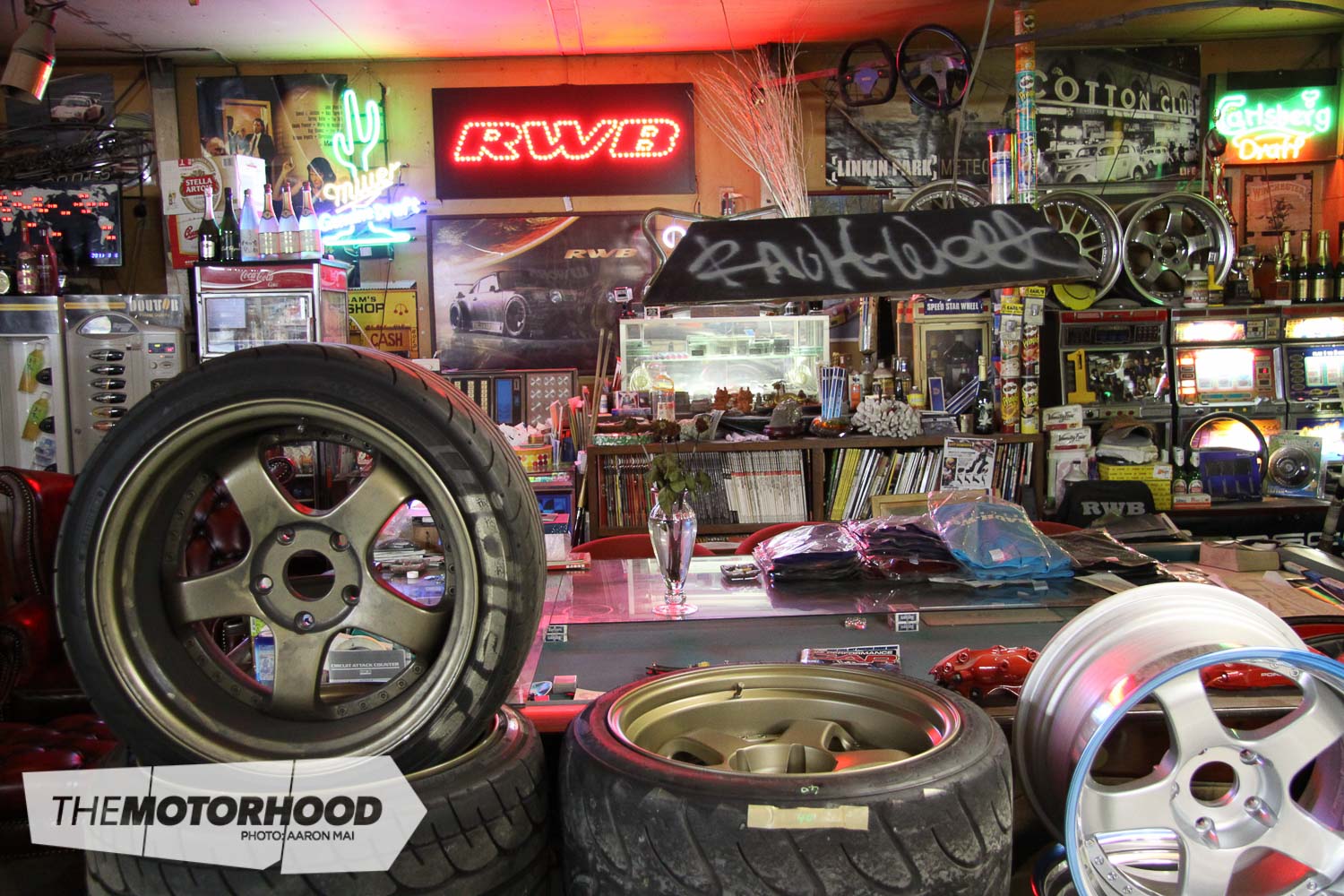
View fullsize

View fullsize

View fullsize
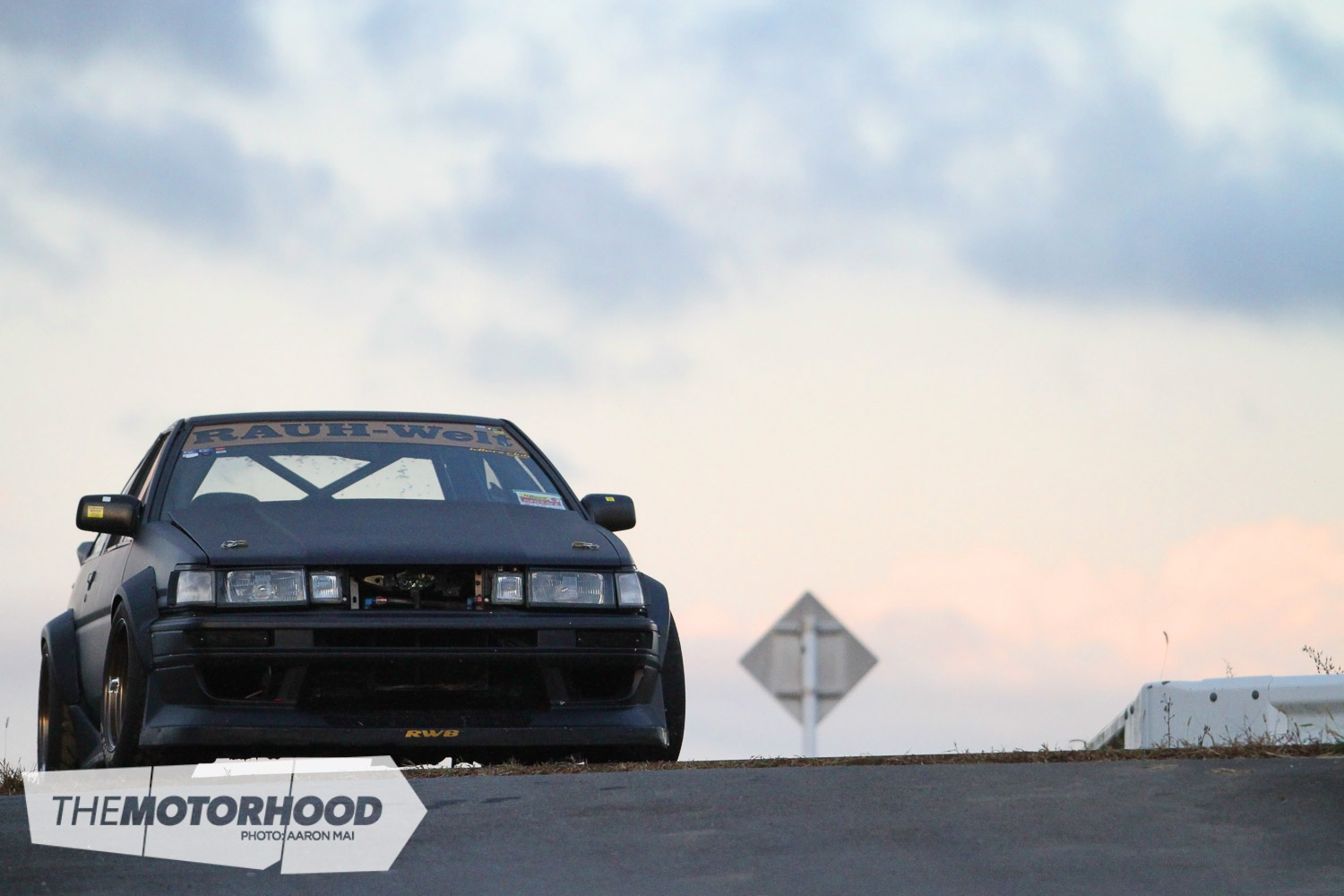
View fullsize
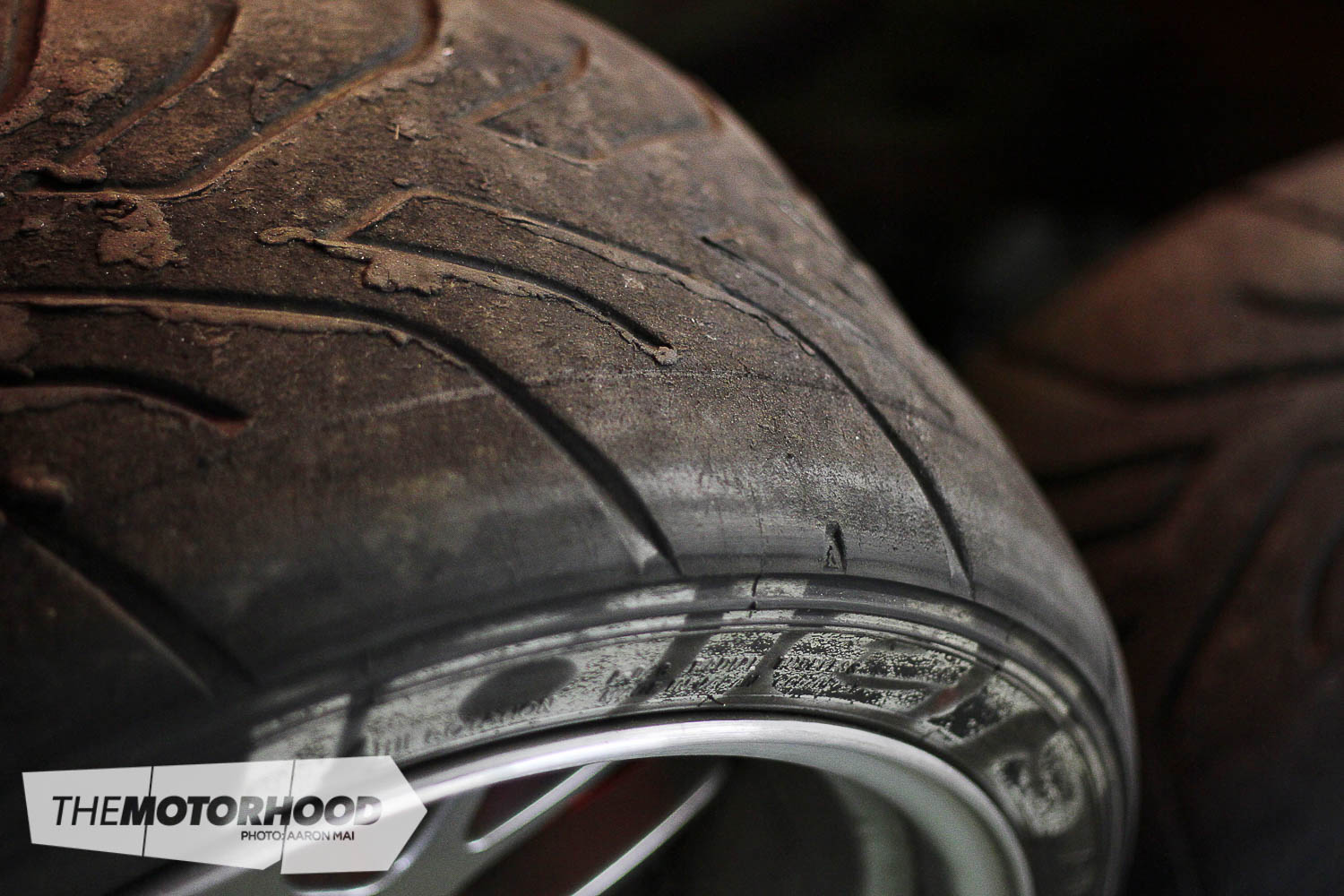
This article was originally published in NZ Performance Car Issue No. 226. You can pick up a print copy or a digital copy of the magazine below:
